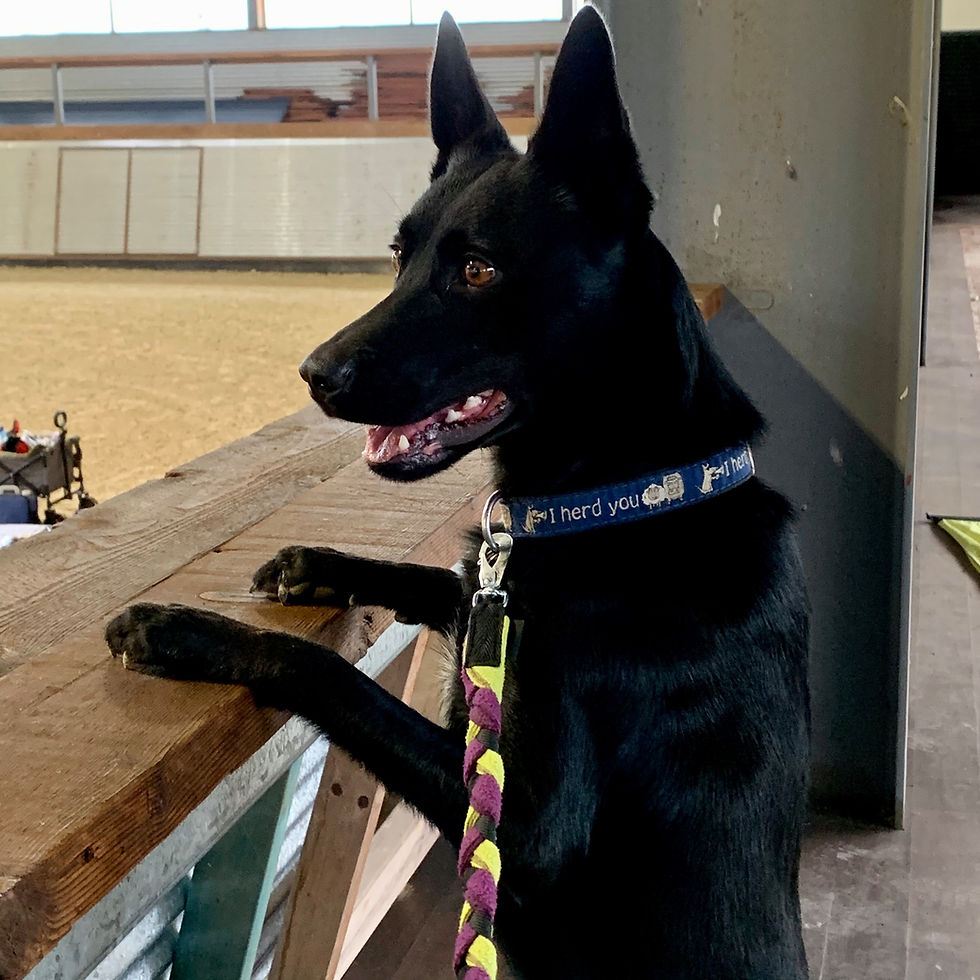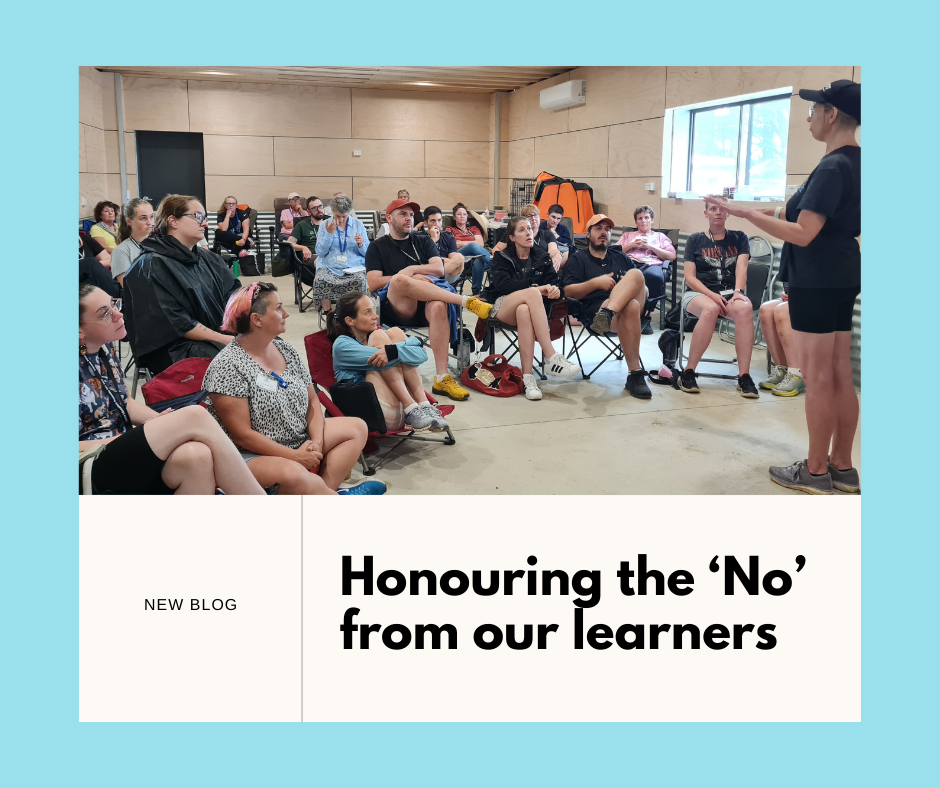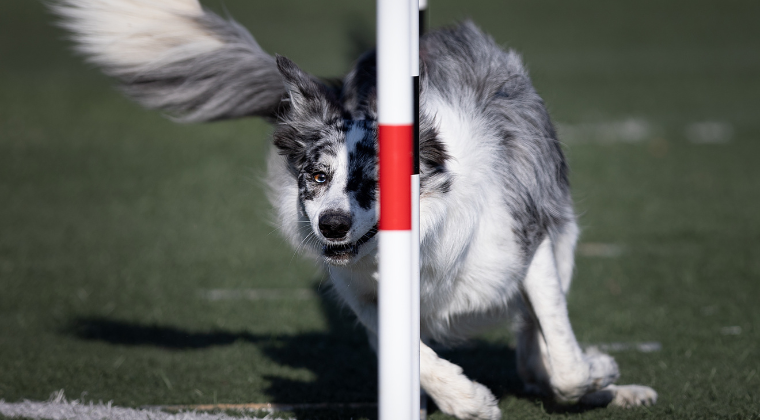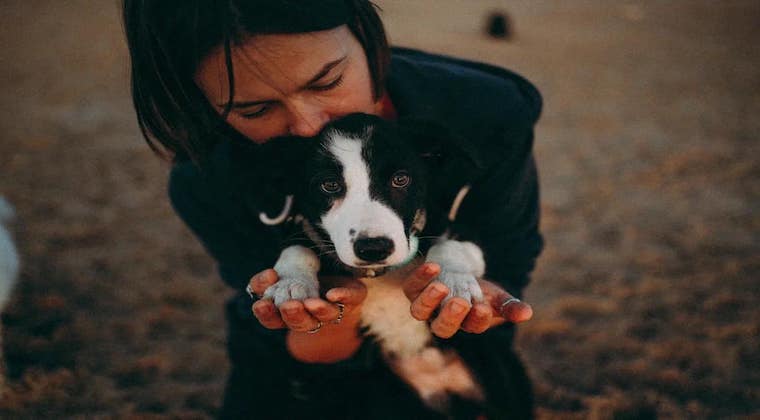What on earth is a Location Marker Cue? And how does it relate to choice?
In the last seven months, Marker Cues have become prominent in our training here, and thankfully something the dog world is talking about more in relation to our dogs. And for me this links closely to our relationship with dogs. Our dogs trust us when we provide quality communication in our day to day life. And more importantly, we want to do all we can to preserve our relationship, in order to keep the bond growing and strengthening. As an aside, please, don't ever mess with your relationship with your dog, I know this is hard in a world where others might want to tell you otherwise, but trust your gut and stand your ground. This happened to me in a group setting, I didn't feel confident enough to trust my gut and the fall out has been hard, and I have a dog that is still working through his fear of being crated.
Last year I saw a video of Swedish trainer, Eva Bertilsson's work with giraffes in a zoo setting where she is able to gauge what type of reward the giraffe would like, based on how he targets. Her work was testing if her learner, the giraffe, when given the chance in advance that the reward would be food, or a pat, would the giraffe choose one over the other? Her work proved the giraffe clearly preferred food. (you can see this video here) This led me to think about context and while the giraffe could choose, there are times when in my dog's life, there is no choice. Her use of marker cues plays a big role in her relationship with this giraffe, where choice becomes an option. This might seem a little off topic but it is what led me to seek out more choice in my training for Tom.
Around this time I had a chat with Maria Thiry while we were at a seminar with Shade Whitesel. Shade uses multiple cues for how reinforcement is delivered. By cueing how reinforcement was coming, it allows the animal to have early information on how reinforcement is delivered. If this doesn't seem like it could be of value, or you couldn't remember more verbals, read on!
We refer to these specific cues as 'Location Marker Cues'. I now often use these cues as replacements for the 'yes' cue I've traditionally used to mark correct behaviour because it tells my dogs where the reinforcement is coming from.
Some I use routinely with Tom are:
-
Food: get food from my hand.
-
Toss: food tossed for him to catch.
-
Search: handful of food being set in a small scatter.
-
Strike: take the toy from my hand (usually a tug).
-
Chase: toy is being thrown.
-
Catch: toy is being delivered to your mouth.
-
Pounce: get the toy from the ground.
-
Dish: get the food from a container like a dish, manners minder or ready treat (to date I've used get it, we are working on this one now!).
-
Pat: I'm going to stroke you with my hands.
This has allowed a level of thoughtfulness in Tom that I had not thought possible. And that means focus and calmness has replaced the over excitable roaring, snapping beast I had only weeks before we implemented location markers. It also allows me scope to test what he is capable of in that moment too. The bonus is using some of these marker cues that I know he loves, can lift his level of focus, and others create a level of focus on me when I need more connection directly back to me.
I also get to use this before we begin using equipment like a jump or tunnel. If Tom can't catch a toy, he certainly won't be able to take a tunnel and I can go work on his headspace without having him roar at me because he is highly excited. I hear you, you might be thinking how can she not know her dog is excited? But we don't always know do we? This is why having these marker cues are enormously beneficial in controlling arousal, and making great choices for where you both need your headspace to be.
Having marker cues also allows you to move between levels of excitement too. If your dog can move from calm to excited and back down to calm, you have a dog who can manage their state, and this is a skill vital for any of us doing dog sports, but also in scenarios when you have dogs at home. Here we have a lot of people coming and going, and if we are caught out with unexpected knocks on the door we often use 'Search' when people arrive, as opposed to keeping dogs away from the front door. I don't have to fight to get the dogs attention and get focus back on me, they are allowed to alert to an arrival, and they have so much reinforcement for this cue, they break away from the amazing person coming in and go searching for food.
Next blog, we will have a chat about choice, and what happens when there is no choice available. Location Marker Cues will help with this too but how do you tell a dog they don't have a choice in what is coming next?
Maria Thiry is with us again in April and we will be doing a lot of Location Marker Cues in our Friday Sessions with her, to find out more Click Here

From the blog



